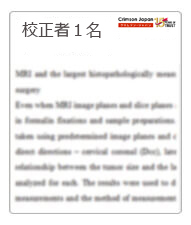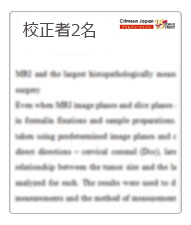In the spring of 2020, the corona crisis caught the German health system and, in principle, the globalised world almost unprepared. The Covid-19 COVID-19 1 virus spread rapidly from the People's Republic of China to over 185 countries, placing unprecedented restrictions on public and private sectors [1]. The high rate of severe outbreaks exceeded the local intensive care capacity of some countries, resulting in high mortality rates of between 0.2 and 15%, depending on age and pre-existing diseases 2 The high rate of severe courses culminated in the regional intensive care capacity of some countries being exceeded, with high mortality rates of between 0.2 and 15% depending on age and pre-disease profile [2]. In order to prevent this in the Federal Republic of Germany, far-reaching measures for infection prevention were presented and implemented by the Ministry of Health [3].
For the field specialty of orthopaedics and trauma surgery3 , the pandemic initially meant the closure or reduction of consultation hours and a massive restriction of elective operations. In addition, nursing and medical staff were withdrawn from many clinics in order to conserve resources, prevent the spread of infections or train staff in the therapy treatment of the lung disease. This severely limited comprehensive patient care and required triaging prioritising of remaining consultation appointments for patients who needed urgent diagnoses with urgent diagnoses. One way to overcome these limitations is to establish or develop video consultation services in private practices and outpatient departments of hospitals4 One tool for coping with these limitations is the establishment or expansion of video consultation hours in private practices and hospital outpatient departments. These are already being used around the world, but have tended to be used in rural areas or areas with limited medical services [4]. The numerous and new challenges posed by the pandemic require creative, fast and modern approaches in order to consistently maintain the high quality of care for orthopedic and trauma surgery patients. With more than 25,000 implantations of shoulder and elbow endoprosthesis 5 endoprosthesis implantations in the shoulder and elbow joints and well over 80,000 fractures of the humeras humerus bone 6 every year, there is a great need for pre- and post-operative care of for patients with injuries or degenerative changes of the upper extremity [5,6]. With telemedical patient care telemedicine service7 , a promising alternative 8 consultation is available in during the coronary crisis corona crisis, for which the standards and algorithms have not been investigated sufficiently . no investigated standards and algorithms are available yet.
The aim of this work is to give specific recommendations for the implementation of a video-assisted shoulder consultation. For this purpose, the accuracy of a non-contact contact-less clinical examination of the shoulder joint is to be evaluated and thus advantages and disadvantages as well as limitations of the digital consultation are to be accessed






















